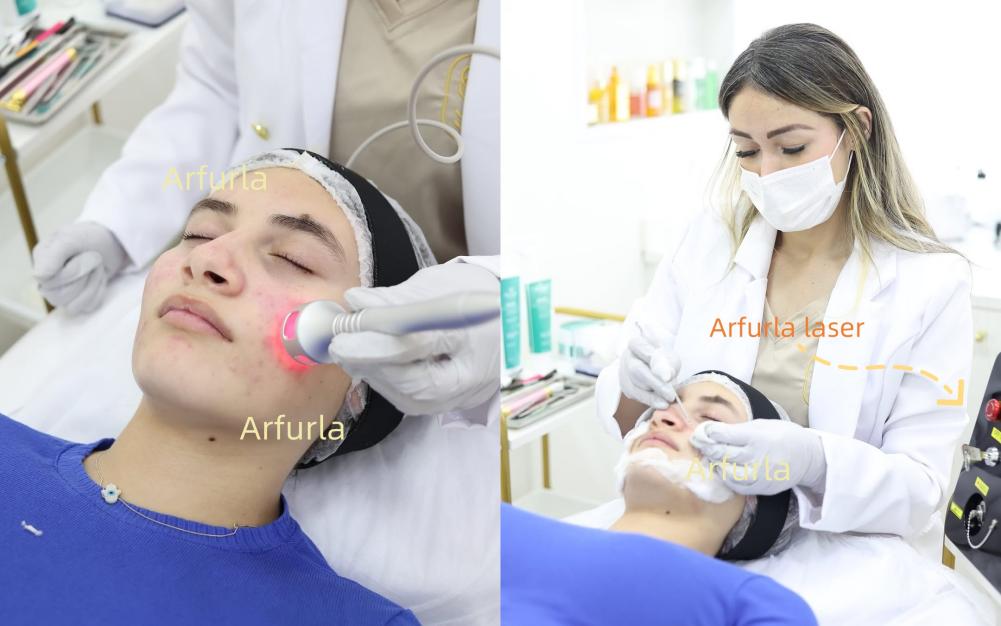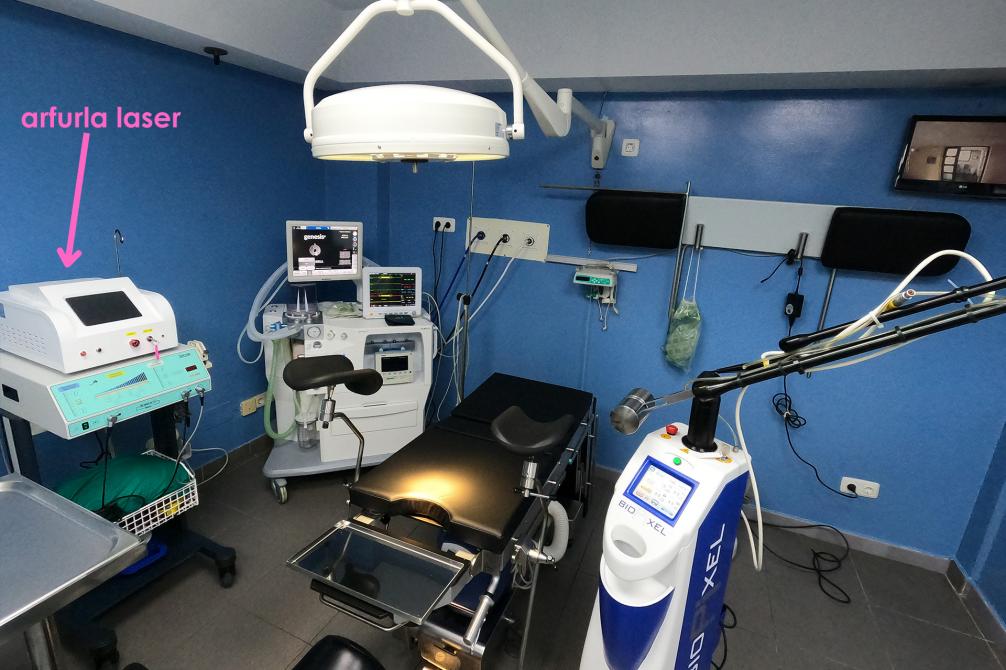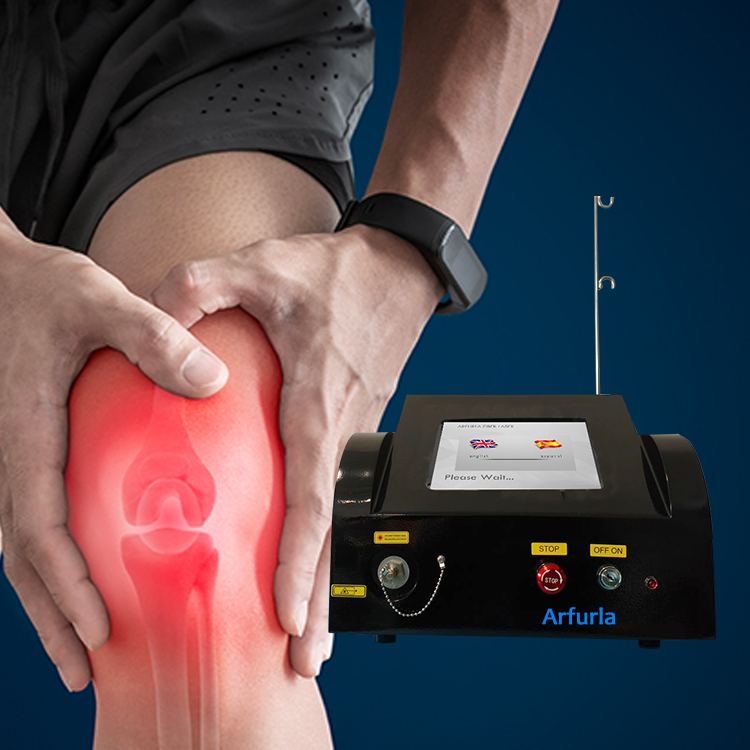
Product Details
Class IV Therapeutic Laser System for Medical and Aesthetic Applications
Empowering Healing with High-Power Photobiomodulation
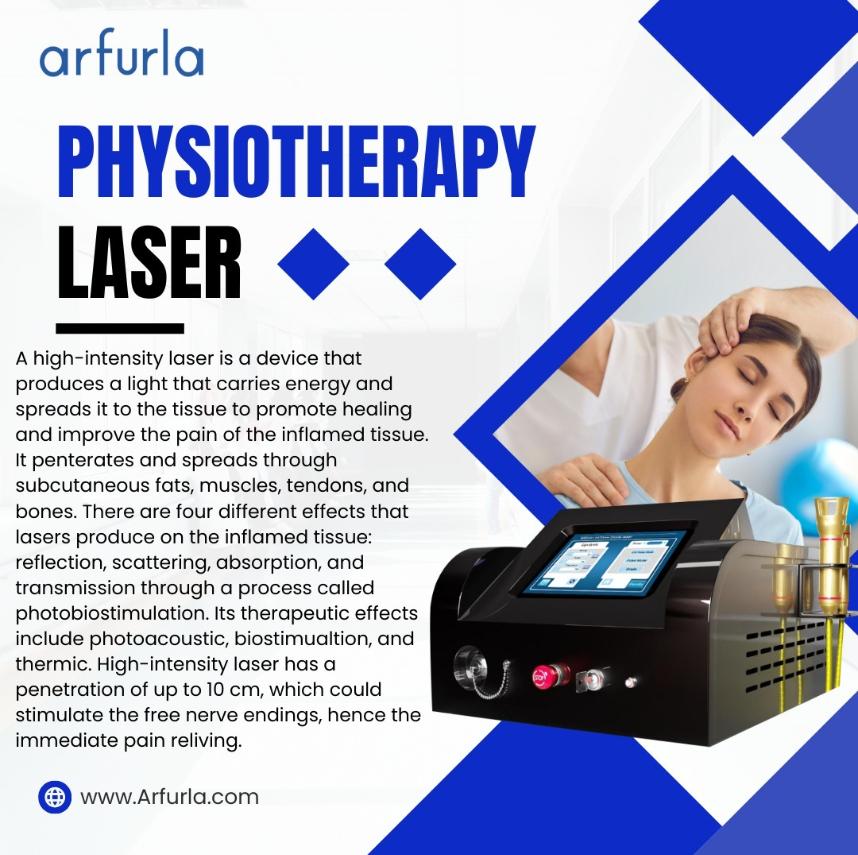
The Class IV Therapeutic Laser therapy System is a state-of-the-art medical device designed to revolutionize pain management, tissue repair, and aesthetic rejuvenation. Leveraging high-intensity laser energy, this non-invasive system accelerates healing, reduces inflammation, and enhances cellular regeneration, offering a drug-free solution for chronic conditions, post-surgical recovery, and advanced skincare and rejuvenation.
Arfurla diode laser system optimizes and promotes the healing process by stimulating multiple levels of tissue regeneration mechanisms. Under the stimulation of different wavelength laser light, the local increase of reactive oxygen species is repaired by generating additional ATP, thereby accelerating the metabolism of the cells and repairing the biological functions of the damaged cells. During the laser therapy process, Arfurla lasers provide a warm and soothing feeling to the patients.
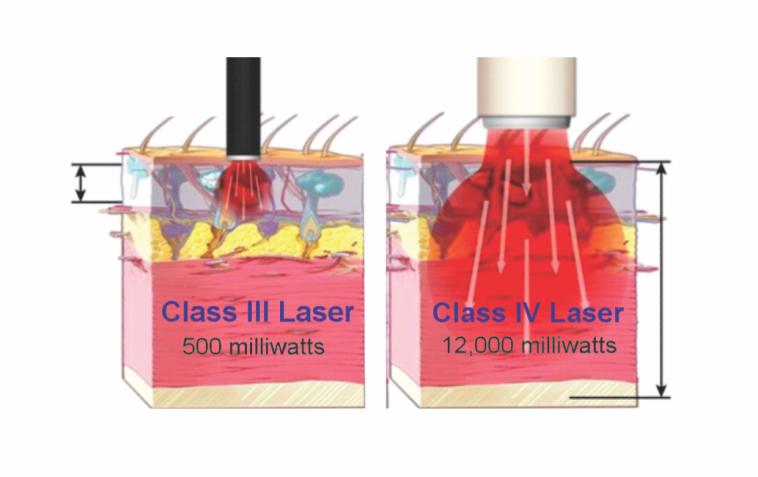
Research shows tissues targeted by class iv High Power Laser Therapy are stimulated to increase the production of a cellular enzyme (Cytochrome C Oxidase) that is critical to the production of ATP. ATP is the currency of chemical energy in living cells. With increased ATP production and thus greater cellular energy, a host of biological responses are facilitated, such as pain medication, inflammation reduction, scar tissue, increased cell metabolism, improved vascular activity, and accelerated healing. This is the photochemical effect of High Power Laser Therapy equipment.
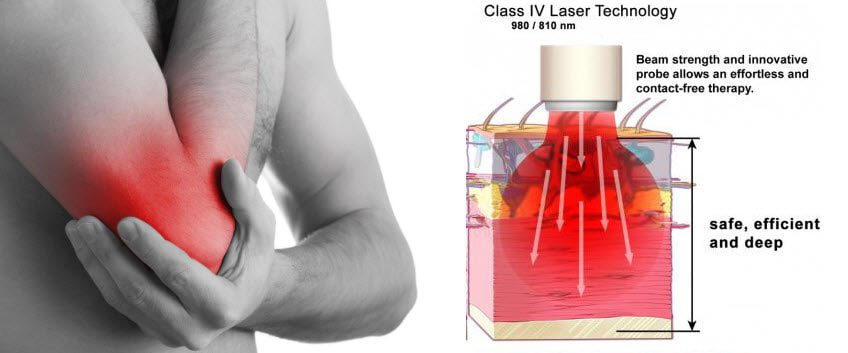
Class IV laser physiotherapy equipment is powered by a 60.0 Watt GaAlAs Diode Laser, one of the most powerful available, emitting a continuous wave at 980nm/810nm (near infra-red wavelength) for maximum bio-stimulation. This is a powerful, non-addictive, and side-effect-free form of pain management that decreases inflammation and scar tissue formation. These therapeutic qualities enable laser therapy to accelerate wound healing and reduce injury recovery time.
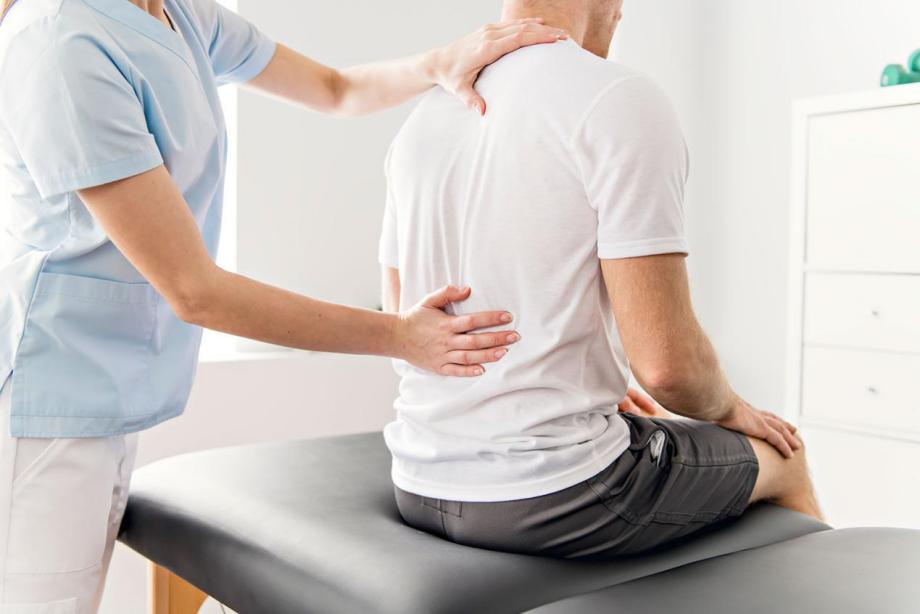
Clinical & Aesthetic Applications of Physiotherapy Laser
- Pain Managementlaser therapy:
- Chronic conditions: Arthritis, fibromyalgia, neuropathy, low back pain.
- Acute injuries: Sprains, muscle strains, post-surgical inflammation.
- Rehabilitation & Sports Medicine:
- Accelerate recovery from fractures, tendonitis, or ligament tears.
- Reduce edema and improve range of motion post-joint replacement.
- Dermatology & Aesthetics:
- Scar Reduction: Remodel hypertrophic scars and keloids.
- Skin Rejuvenation: Stimulate collagen for wrinkle reduction and improved elasticity.
- Wound Healing: Treat diabetic ulcers, burns, and non-healing wounds.
- Oncology Support:
- Manage radiation-induced dermatitis or lymphedema (palliative care protocols).
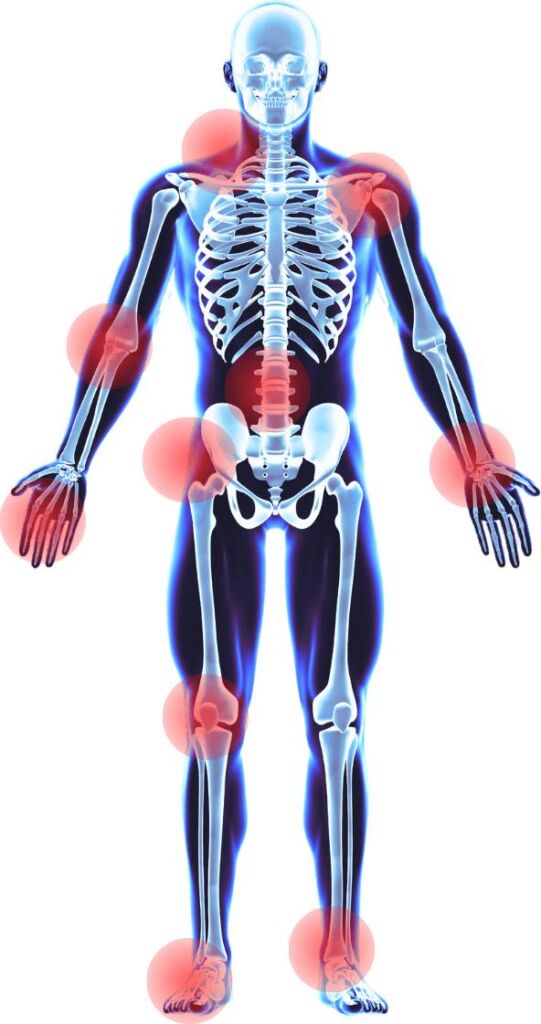
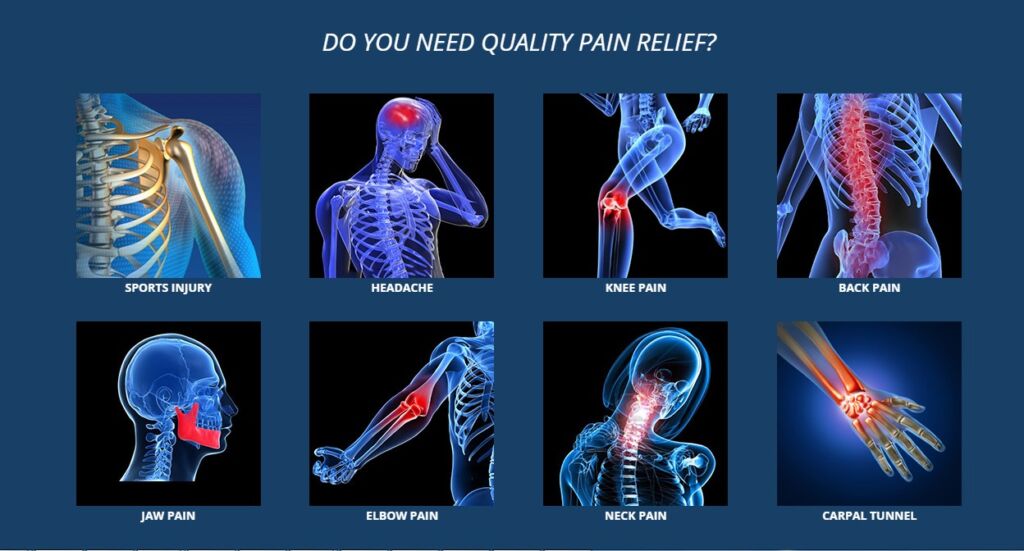
Biological Effects
All kinds of Anti-Inflammation
Laser therapy has an anti-edemic effect as it causes vasodilation, but also because it activates the lymphatic drainage system (drains swollen areas). As a result, there is a reduction in swelling caused by bruising or inflammation.
All kinds of Anti-Pain (Analgesic)
Laser therapy has a high beneficial effect on nerve cells which block pain transmitted by these cells to the brain and which decreases nerve sensitivity. Also, due to less inflammation, there is less edema and less pain.
Accelerated Tissue Repair and Cell Growth
Photons of light from lasers penetrate deeply into tissue and accelerate cellular reproduction and growth. The laser light increases the energy available to the cell so that the cell can take on nutrients faster and get rid of waste products.
Improved Vascular Activity
Laser light will significantly increase the formation of new capillaries in damaged tissue that speeds up the healing process, closes wounds quickly and reduces scar tissue.
Increased Metabolic Activity
Laser therapy creates higher outputs of specific enzymes, greater oxygen and food particle loads for blood cells.
Trigger Points and Acupuncture Points
Laser therapy stimulates muscle trigger points and acupuncture points on a non-invasive basis providing musculoskeletal pain relief.
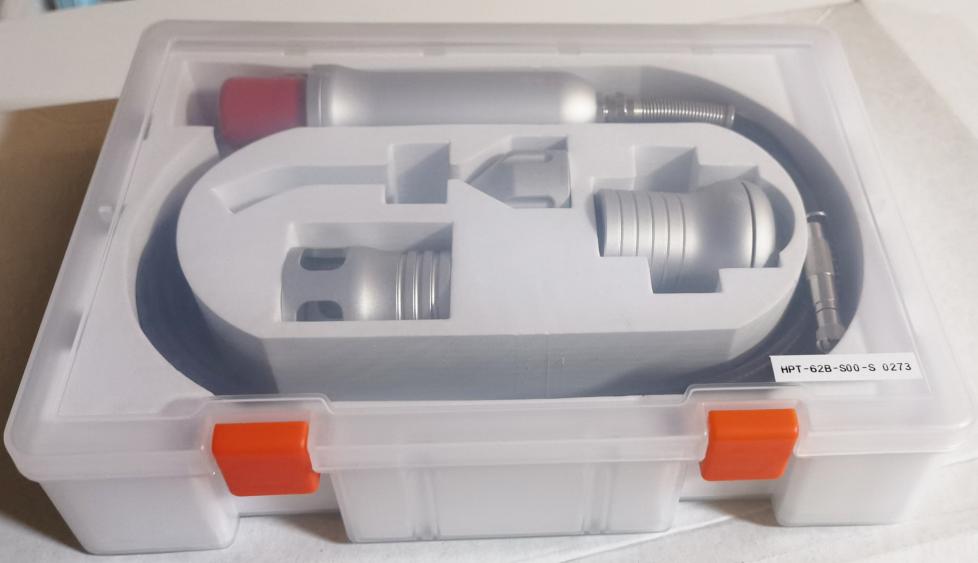
Clinical Advantages of Laser Therapy
Easy non-invasive treatment
No drug intervention
Effective pain relief for patients
Enhanced anti-inflammatory effect
Decreased swelling
Accelerated tissue repair and cell growth
Improved local blood circulation
Improved nerve function
Shorten treatment time and long-lasting effect
No known effects, safe
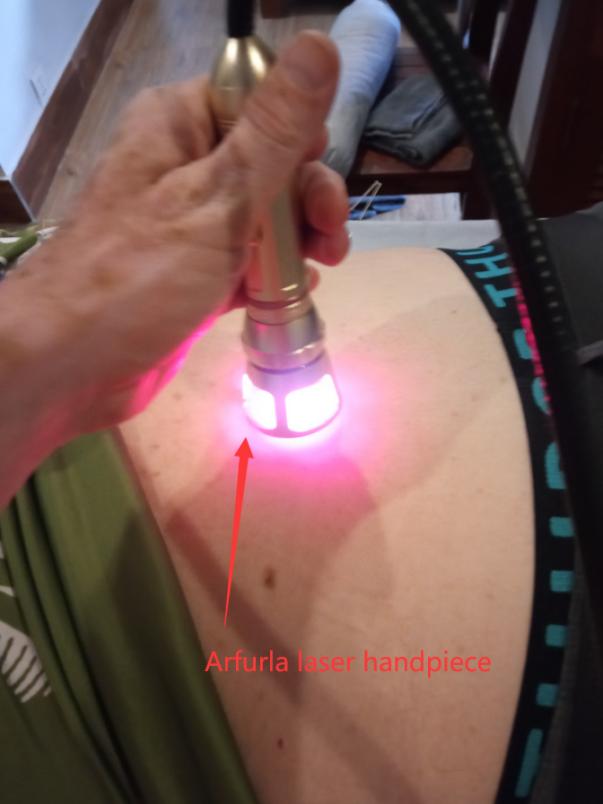
Why Is Laser Power So Important?
If wavelength determines a laser energy’s depth of penetration then power determines itssaturation at the targeted depth. lt would be a mistake to consider one without the other. Power (Watts) is the number of photons of radiation you can deliver per unit time. The energy deposited (Joules)is the accumulation of these photons over time (1 Watt=1 Joule per second). By starting out with more Watts at the surface, more will penetrate to the desired depth.
For an illustration, consider the following:
1 Watt laser: 40 seconds to deliver 10 Joulesof energy to a 4cm depth
4 Watt laser: 10 seconds to deliver 10 Joulesof energy to a 4cm depth
The higher-powered laser will be able to deliver therapeutic doses to deeper targets in a shorter amount of time.
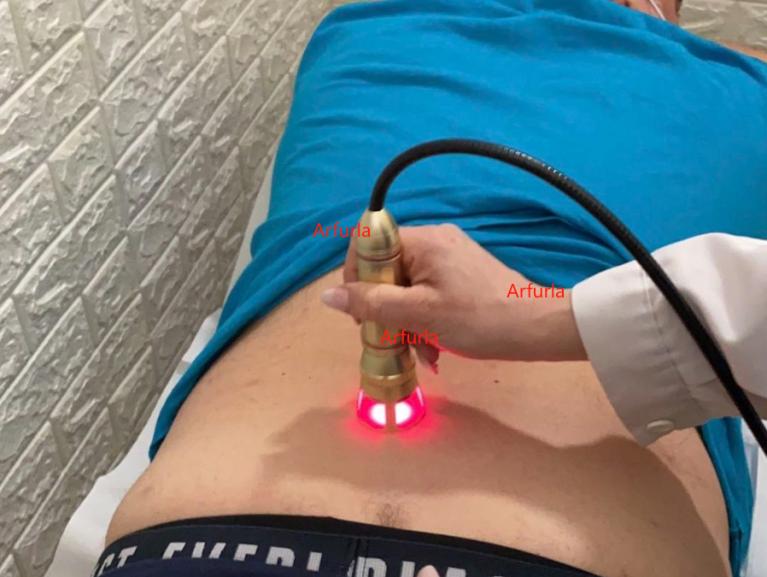
Clinical Precautions
Pre-Treatment Considerations
- Patient Assessment
Indications:
Chronic musculoskeletal pain (e.g., osteoarthritis, tendinopathy, myofascial pain).
Acute soft tissue injuries (sprains, strains).
Neuropathic pain (e.g., peripheral neuropathy).
Post-surgical or post-traumatic inflammation.
Contraindications:
Malignant tumors in the treatment area.
Active bleeding or thrombotic disorders.
Pregnancy (avoid over abdomen/lumbar region).
Photosensitivity disorders or use of photosensitizing drugs.
Epilepsy (if using pulsed modes with flickering light).
- Device & Parameter Selection
Wavelength: 980nm (deep penetration, absorbed by water & hemoglobin).
Operating Mode:
Continuous Wave (CW) – For deeper thermal effects (e.g., joint pain).
Pulsed Mode – For superficial pain relief with less heat accumulation.
Safety & Contraindications
Eye Protection: 980nm is near-infrared; both patient and therapist must wear appropriate laser goggles.
Avoid Over Irradiation: Do not exceed 10 J/cm² in a single session to prevent tissue damage.
Skin Testing: Perform a test patch in sensitive patients (e.g., those with dark skin).
